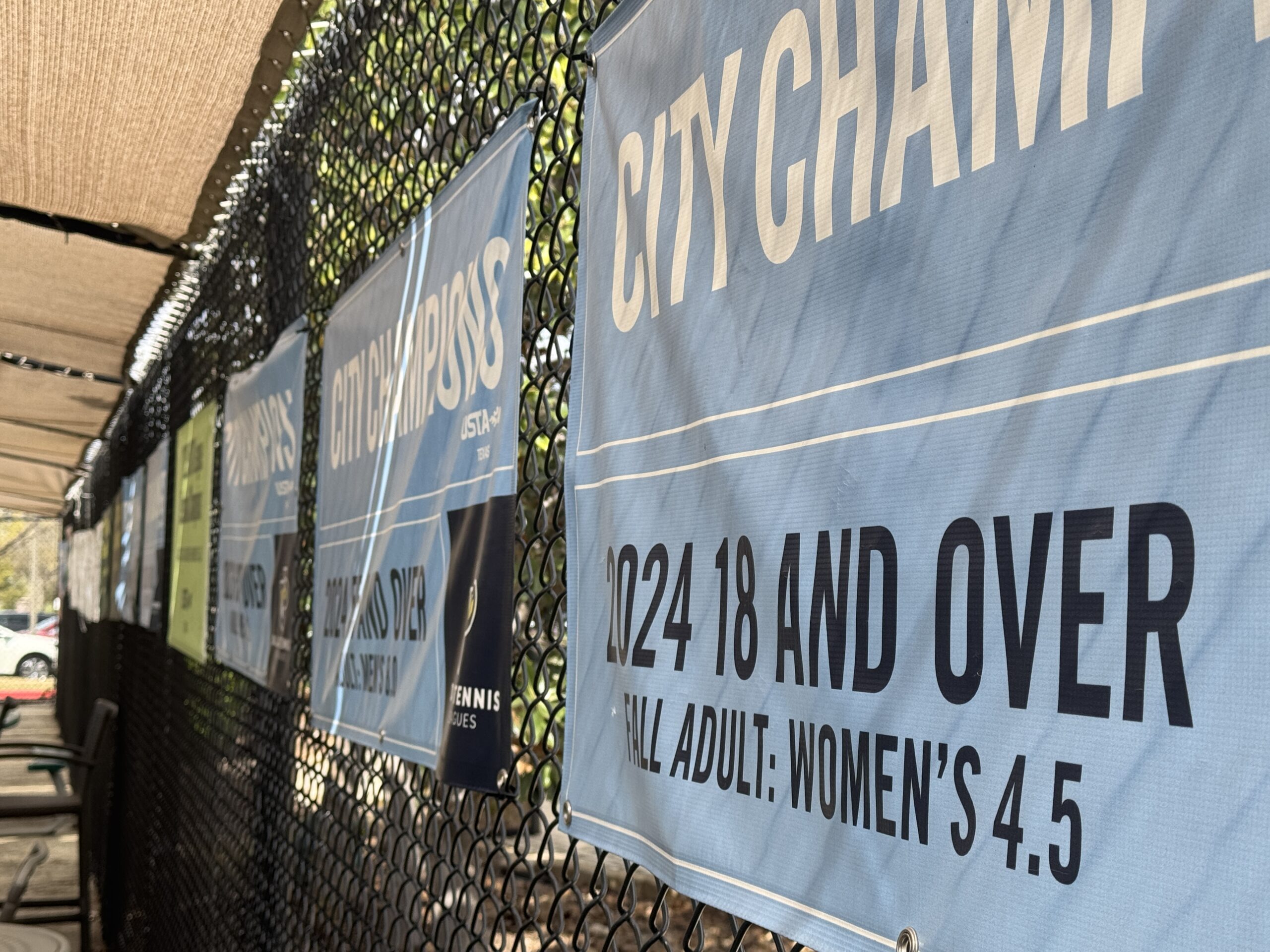The Rules of Tennis
Since early January of this year, the Fiend at Court has covered the wheelchair section of ITF Rules of Tennis in a segment that runs each Wednesday. That march through the Rules of Wheelchair Tennis has been mostly sequential, though there has been a little jumping around to group related topics for a single post. Today I am covering a couple of topics that are loosely related only in the sense that we have largely already touched on both topics.
The first rule examined today has to do with the height of the wheelchair.
The height of the seat (including cushion) shall be fixed and players’ buttocks shall remain in contact with the seat during the playing of a point. Strapping may be used to secure the player to the wheelchair.
The Rules of Wheelchair Tennis e(iv)
The new piece of information in this rule is that the height of the wheelchair has to be fixed. In other words, the wheelchair player can’t crank it up to “Isner” when serving and then drop down to “Schwartzman” when playing all the other strokes.
We have previously discussed that a players butt has to remain in contact with the seat of the wheelchair at all times. Additionally, strapping has been covered with respect to securing the racquet in the players hand, but I think that this rule is the first time that we have discussed that it can also be used to secure the player in the chair.
Last week we discussed that some players are permitted to use motorized wheelchairs based on approval by a medical review panel. There is also a commission that determines if other mechanical alterations or adaptations of the wheelchair can be made for other medical conditions.
Applications may be made for modifications to the wheelchair for legitimate medical reasons. All such applications shall be submitted to the ITF Sport Science & Medicine Commission for approval a minimum of 60 days prior to intended use in an ITF-sanctioned event. A decision to reject a proposed modification may be appealed under Chapter III of the ITF Wheelchair Tennis Regulations.
The Rules of Wheelchair Tennis e(vi)
In wheelchair tennis, there is no “one size fits all” solution for adaptation of the rules. Essentially it comes down to third party review and approval when a player needs modifications beyond a standard wheelchair.
I tried unsuccessfully to find a media reference for a time when a wheelchair player asked for an adaption approval that was rejected. I want to believe that the players and commissioners of wheelchair tennis work together for equitable decisions. This is one of those instances where I am actually hoping that there aren’t examples to the contrary.
- United States Tennis Association (2021), Friend at Court: Handbook of Rules and Regulations, White Plains, NY



